Fine Lines and Wrinkles
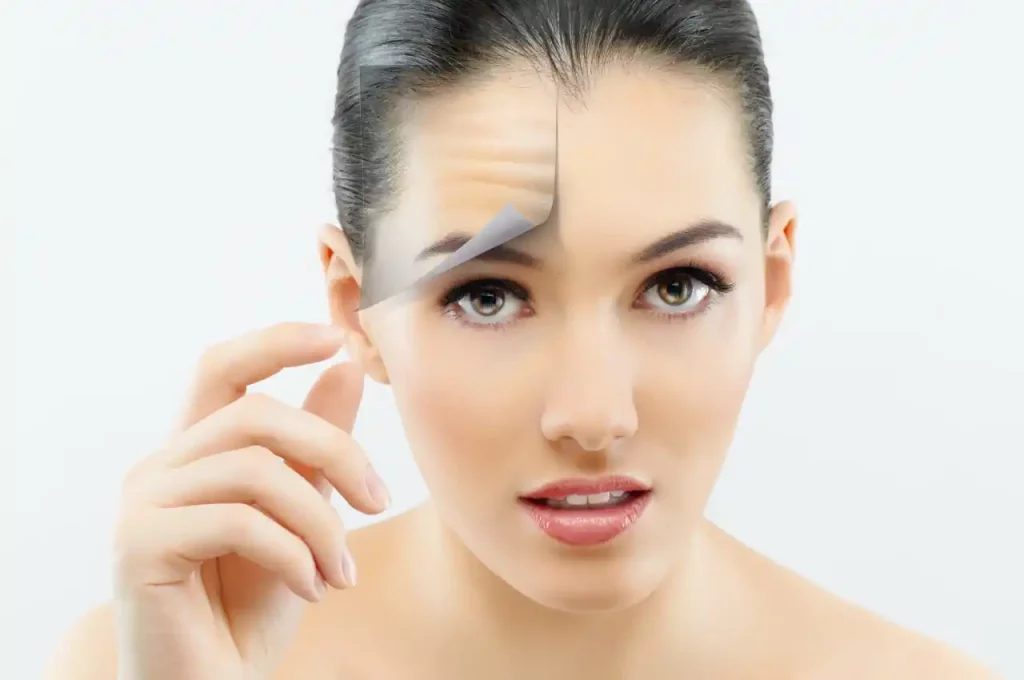
Fine Lines and Wrinkles
Fine lines and wrinkles are signs of intrinsic or chronological aging; there’s no way to entirely avoid them. As we grow older, our skin becomes thinner and drier. Weakened collagen makes the skin less elastic. Static wrinkles begin to appear. The rate of intrinsic aging occurs at a variable, genetically determined rate; the process is often first noticeable between the ages of 30 and 35. Some people are genetically predisposed to wrinkling. Sun exposure and smoking are the biggest environmental culprits, though stress can also be a factor.
Extrinsic aging, a result of exposure to the environment, is the critical element in determining who looks older or younger than their biological age. Over-exposure to sunlight is responsible for the majority of problems associated with extrinsic aging. Sun-damaged skin is photoaged from a decrease in collagen and other dermal proteins. This gradual process results in the appearance of fine lines and wrinkles. Over time, these can progress into deep wrinkles and furrows. Photoaging also causes pigmentary changes; “age spots” (sun-induced freckles), uneven skin tone, spider veins and dilated capillaries.
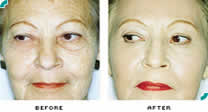
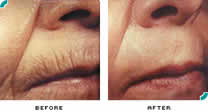
The simplest way to see the contrast between intrinsic and extrinsic aging is to compare skin commonly exposed to the sun (face, hands, neck) and skin not exposed to the sun (usually on the breasts, inner arms or buttocks).
We do have control over extrinsic aging.
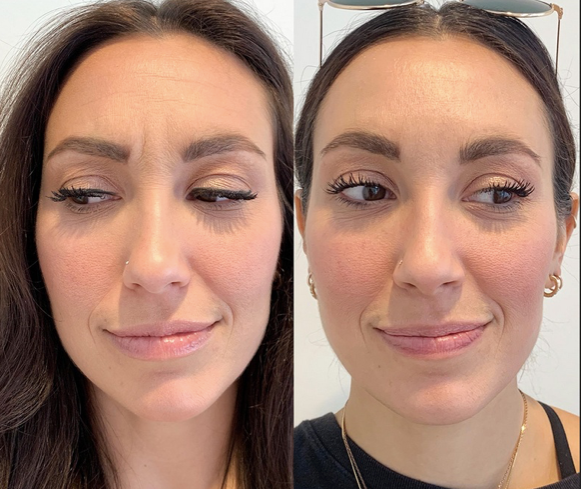
Typical Treatments
There are a number of options for the treatment of fine lines and wrinkles, each with varied expense, recovery time and results. The following are the most common conventional treatments used today: Nonprescription and Prescription Topicals: The simplest method of skin treatment is the topical application of wrinkle creams. Widely available everywhere from pharmacies to health food stores, these creams are beneficial for the skin, helping to moisturize and nourish it. However, their ability to reduce wrinkles, smoothen skin and tighten collagen below the skin's surface is, unfortunately, very limited. In addition, any visible improvement may disappear when use of the topical agent is discontinued. Topical application of prescription drugs, most notably synthetic derivatives of Vitamin A (retinoids), can provide better results in improving sun-damaged and aging skin. Clinical studies of topical retinoid formulations find them to be safe and effective in diminishing wrinkles and fine lines. However, most retinoids are skin irritants and often produce skin reactions.
Dermabrasion and Microdermabrasion: Dermabrasion is a traditional skin-clearing procedure that has been widely used in practice since the early 1980s. Sometimes called surgical skin planing, it commonly involves removal or sanding of the skin with a rotary abrasive instrument. The abrasive or planing action evens out the skin, and a new layer of fresh skin replaces the abraded skin. This procedure is usually reserved for extensive acne scarring and deep wrinkles. Due to its mechanical nature, healing and recovery are lengthy, with the treated area remaining red and flushed for an extended period of time.
Microdermabrasion, in contrast, is a more recently introduced treatment. It is particularly popular among individuals with mild skin damage seeking to preserve and maintain a youthful complexion. Essentially, microdermabrasion involves brushing the face with sterile micro-particles to abrade or rub off the very top skin layer, then vacuuming the particles and dermabraded skin away. Experts believe the procedure works best to polish and soften fine lines and dull skin texture. In most cases, a minimum of four to five initial treatments, seven to ten days apart, are necessary to achieve good results.
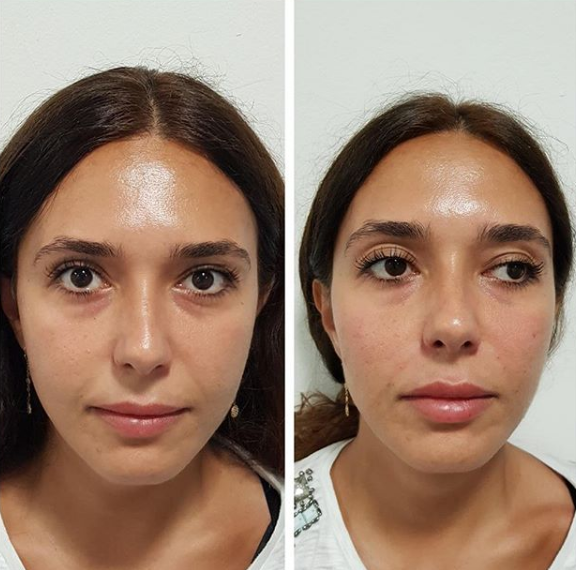
Chemical Peels:
Another major advance in warding off the ravages of age was the advent of the chemical peel. In this treatment, a chemical solution is applied to the skin, causing it to separate and peel off. The new, regenerated skin is usually smoother, tighter and displays a more even color than the old skin. Peels are beneficial for fine lines and minor skin imperfections, and are performed as a single procedure or in a series. Photorejuvnation: This laser-based procedure replaces damaged skin with new, fresh skin ridding wrinkles and fine-lines to achieve nearly flawless complexions At the consultation session we determine which one of the procedures or combination thereof will best suit your particular condition and recommend you chemical peel, microdermabrasion, or photorejuvnation or a combination treatment.
